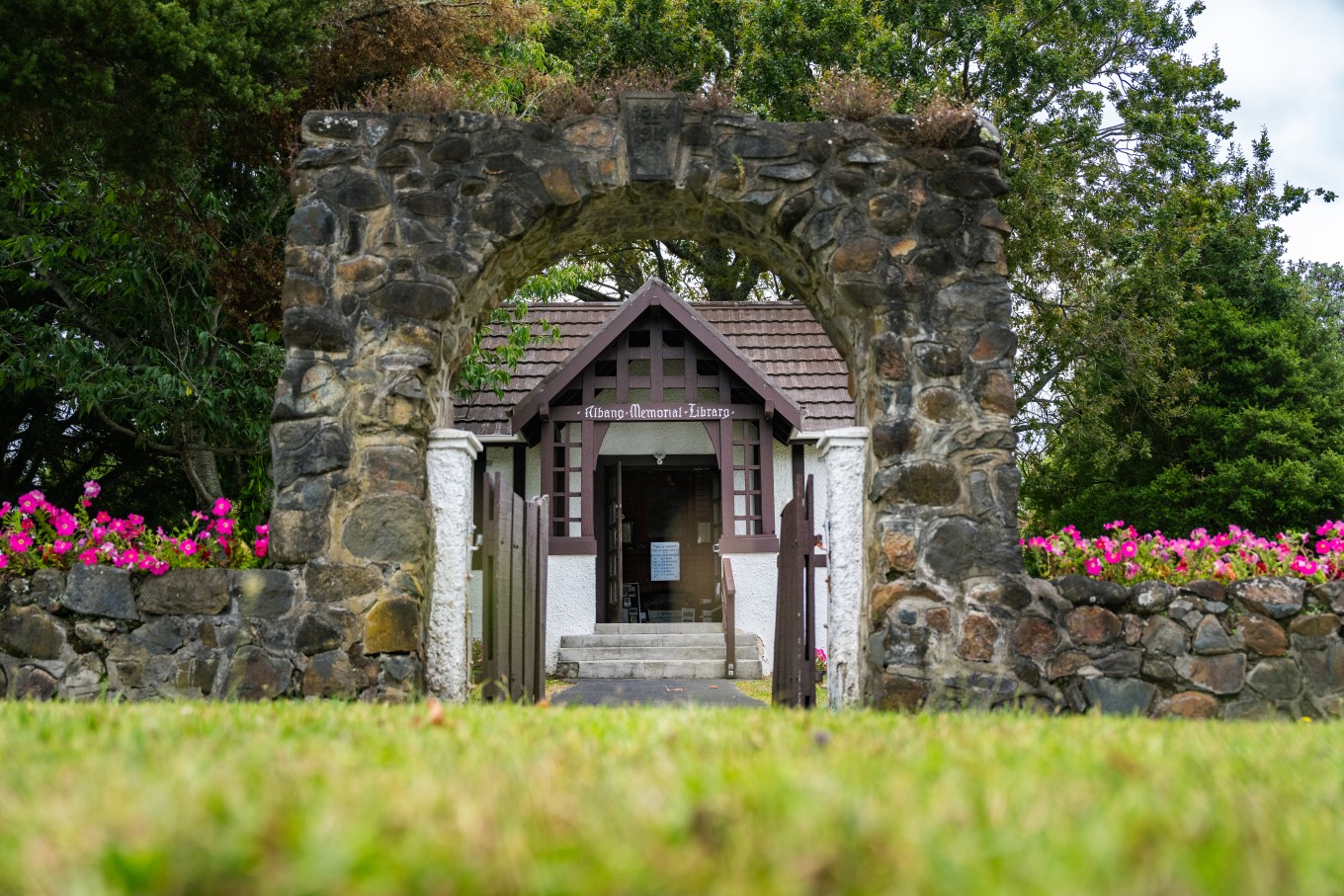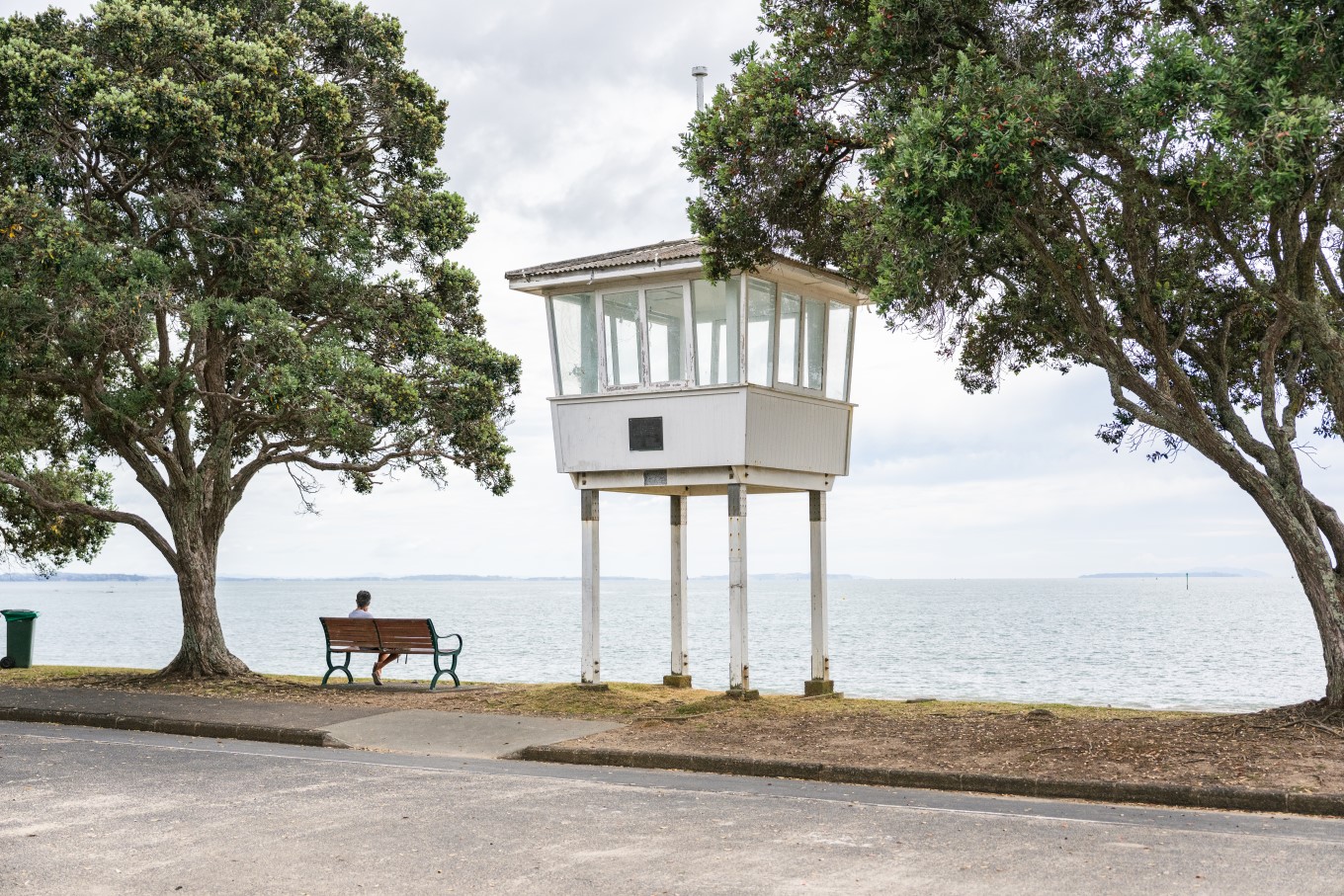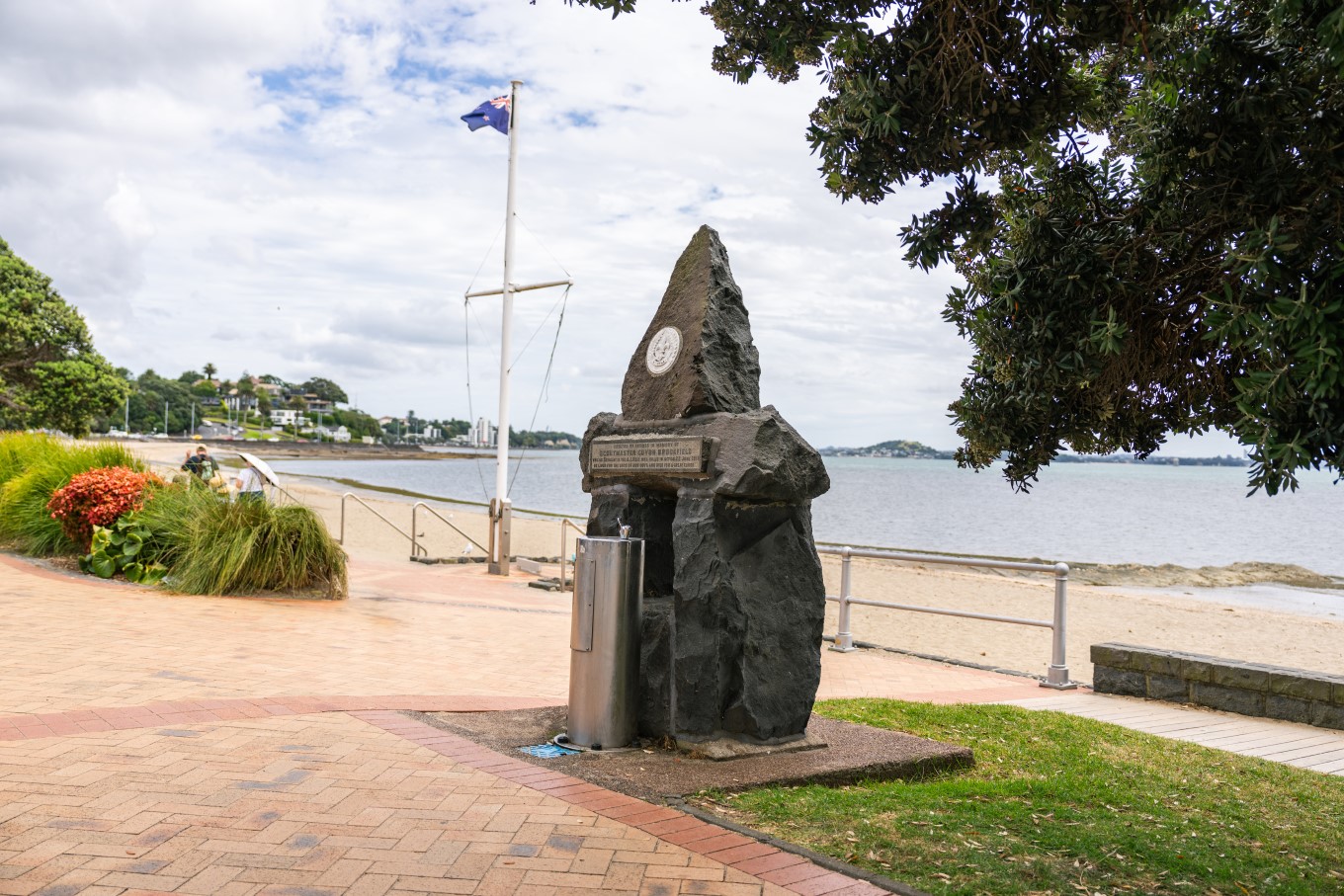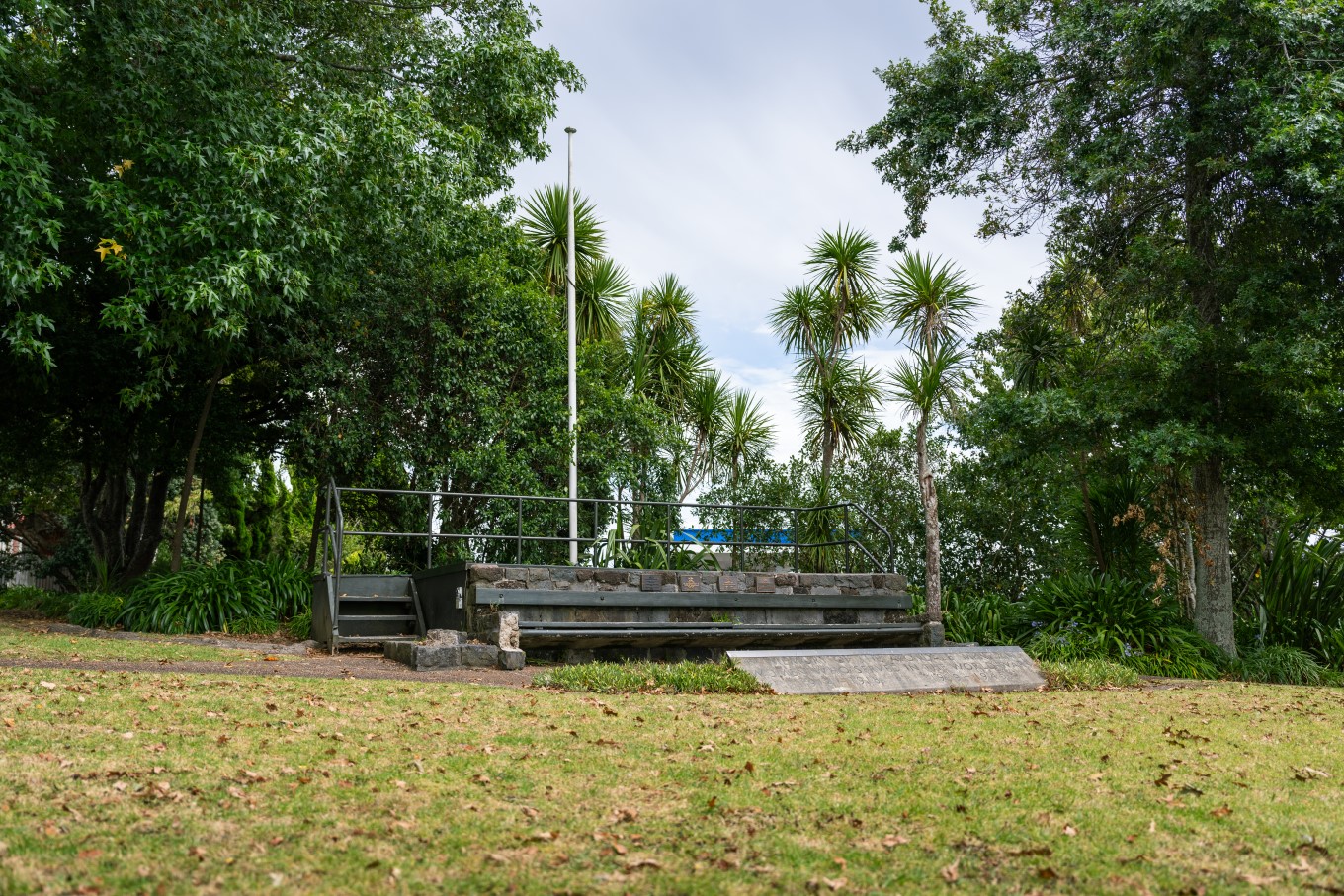World Wars I and II affected every New Zealander who lived through them.
One out of five Kiwi soldiers who served in WWI didn’t return, and 12,000 died during WWII. The loss of family members, colleagues and friends was felt right across society and the prevalence of war memorials throughout Aotearoa shows that no community was left untouched. Here are four war memorials in Tāmaki Makaurau that commemorate locals who gave their lives.
Albany Memorial Library
Possibly one of the sweetest-looking libraries in Auckland, this small cottage-style building at 21 Library Lane is a memorial to locals who served in WWI, and later WWII.
When war broke out in 1914, Albany was a small rural community. Out of its few hundred residents, 77 men went to war and 24 of them lost their lives. On 19 July 1919, residents met and decided to build a library to commemorate those from Albany, Dairy Flat, Greenhithe and Oneroa who had served. It was opened in 1922 by Lord Jellicoe, then governor-general of New Zealand.
It was open as a public library until 2004 and now can be hired for community events. A stone archway, listing the dates of World War I, marks the entrance to the site and stained-glass windows on the eastern side of the building also commemorate the period. On the western side of the building three symbols represent peace, justice and healing.

Memorial Tower, Narrow Neck Beach
The charming starting tower on the shores of Devonport’s Narrow Neck Beach is a well-known landmark to locals. It was constructed in 1960 as a memorial to 10 of the sailing club’s members who lost their lives in WWII. You can read their names on the plaque on the side of the tower.
Occasionally the club uses it for starting heritage boat races, but its presence on Narrow Neck Beach is a reminder of the men who loved spending their spare time mucking around with boats and setting sail on the beautiful Tīkapa Moana / Hauraki Gulf.

Drinking fountain, St Heliers Bay
On the waterfront in St Heliers Bay, opposite the shopping area, a drinking fountain honours local scoutmaster Guyon Brookfield, who died in northern France in June 1916 at the age of 34.
Guyon, an engineer by trade, was the scoutmaster for the St Heliers/Glendowie Scout Troop. While serving in Egypt, he even sent them back a silk flag. An article in the Observer, written a month after he died said, “St Heliers Bay boys loved and honoured him, and there is no boy to whom his death is not a personal loss.”
Today, the Glendowie/St Heliers Scout Group’s cub pack is named the Brookfield Pack after Guyon, and the scouts attend the St Heliers Anzac Parade every year.

Avondale Memorial Reserve
Every year, Avondale residents who attend the local Anzac Day parade assemble at the small triangular park between St Georges and Great North Roads to commemorate those who served in war.
The reserve was gifted to Auckland Council by St Ninian’s Church in 1948 and plans were approved for the construction of a memorial area. However, due to material shortages as a result of the war, the council had to wait until November 1949 until a permit for the work was granted by the Building Advisory Committee, a government department that had been established during the war.
The memorial was unveiled in April 1951 by Auckland mayor Sir John Allum and commemorates those who lost their lives in both WWI and WWII, as well as those who served in the Boer War (1899-1902).






